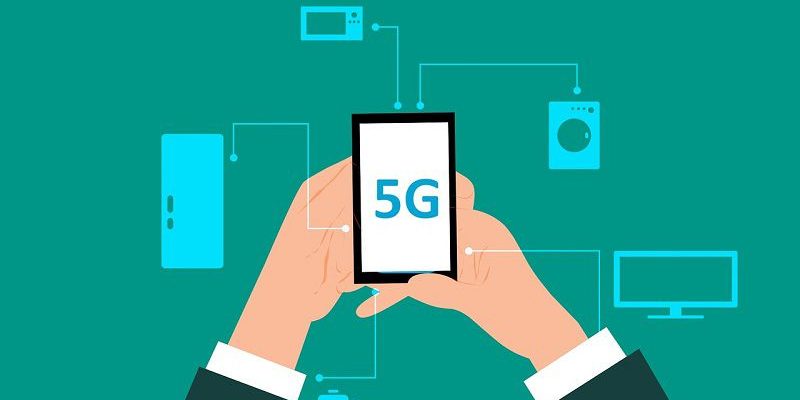The coronavirus pandemic has confined a never-before-seen number of people to their homes. According to some sources, almost half of the world’s population is under a lockdown of one form or another, no matter if it’s social isolation recommendations or an outright quarantine.
This has, of course, led to a spike in online content streaming. Big enough, in fact, for the European Union to recommend to companies like Netflix and YouTube to cap the quality of their streams in order not to overwhelm the networks unprepared for such a massive spike.
The bad news is that this situation will likely be a new reality for at least a few months. The good news is, in turn, that it will likely convince a number of people – opposed to the very idea of 5G – that it is time for the networks to get a much-needed upgrade.
More bandwidth
This is what 5G means for the internet: more bandwidth. And this is all the more important for today’s media consumption habits. Statistics have shown that in some countries, media streaming accounts for as much as half of all internet traffic.
Combined with the ever-increasing quality – and the people’s hunger for it – this increase in traffic is an increasing burden on the networks, aggravated by the spread of high-definition screens (monitors, TVs) across the world.
5G will bring a much-needed breath of fresh air to the video streaming industry, especially since it is expected to eat up almost three-quarters of all the internet traffic in the coming years.
Great things about 5G
Aside from the fact that it comes with a much larger bandwidth, 5G technology will bring other benefits, too. Its far lower latency is one of them, something that may sound familiar to those playing online games.
The low latency (low ping) will be great for more than just gamers – it will allow self-driving vehicles to communicate faster and thus be safer, and will allow the use of technologies that may sound science-fiction today – remote surgery, complete control of remote transport systems, and many more fields.
Another major benefit is that more devices can be connected to the same cell tower at the same time. If you ever tried to send a text in the middle of a concert or music festival, you’ll know what this means. All the devices connected to a 5G station (millions per square kilometre) will be able to communicate instantly, without having to “wait their turn”.
Finally, another major benefit will be the availability of “smart networks” that will be able to prioritize certain types of transfers and connectivity options. A residential network will be able to have a subnet reserved for smart appliances, another for self-driving cars, and a third one for streaming – and these will not interfere with each other.
When will 5G become the new norm? The answer is simple. For this we need to wait some more time. Right now, the existing “5G” networks (actually, using 5G NR software over the existing 4G LTE hardware) are being implemented all over the world – these offer much better performance but far from what the “real thing” will be. Last year, operators in 88 countries started field-testing the new hardware, with the deployment of the “real thing” following soon.















Comments